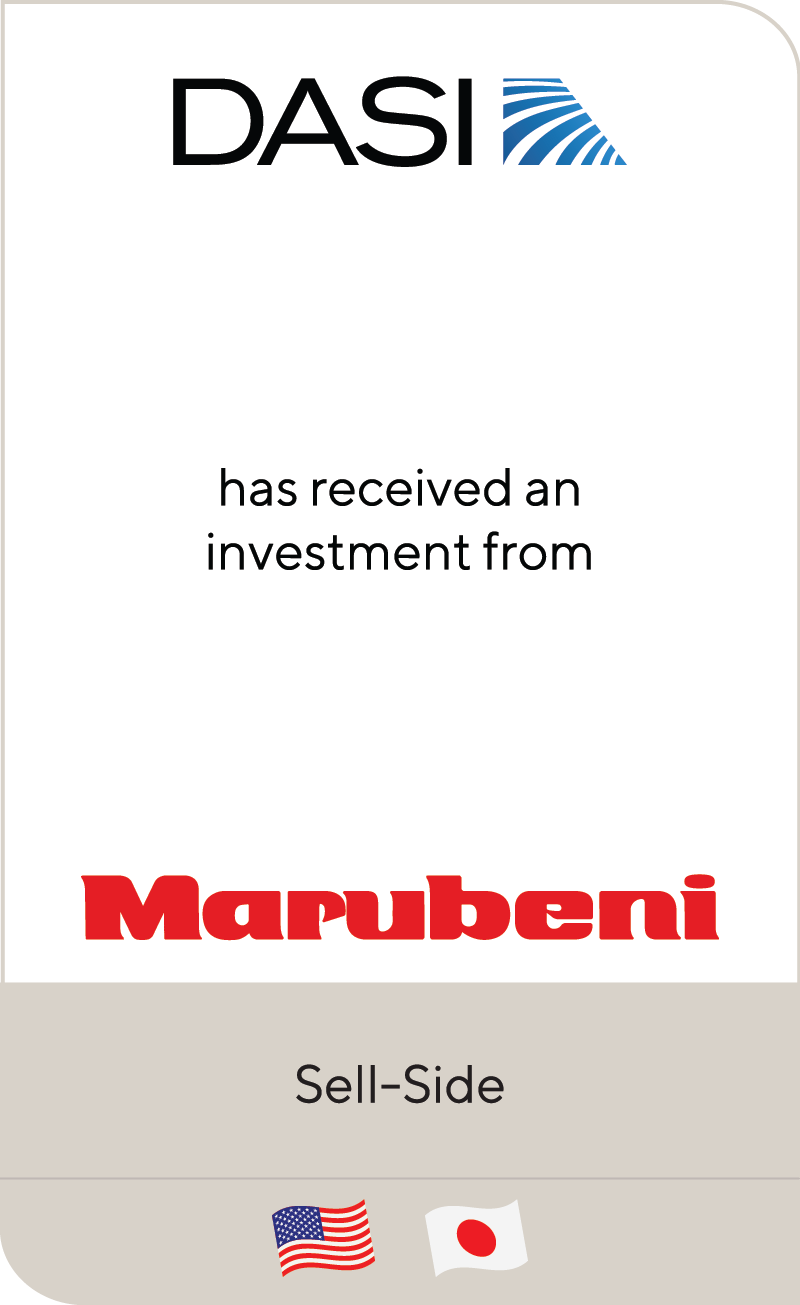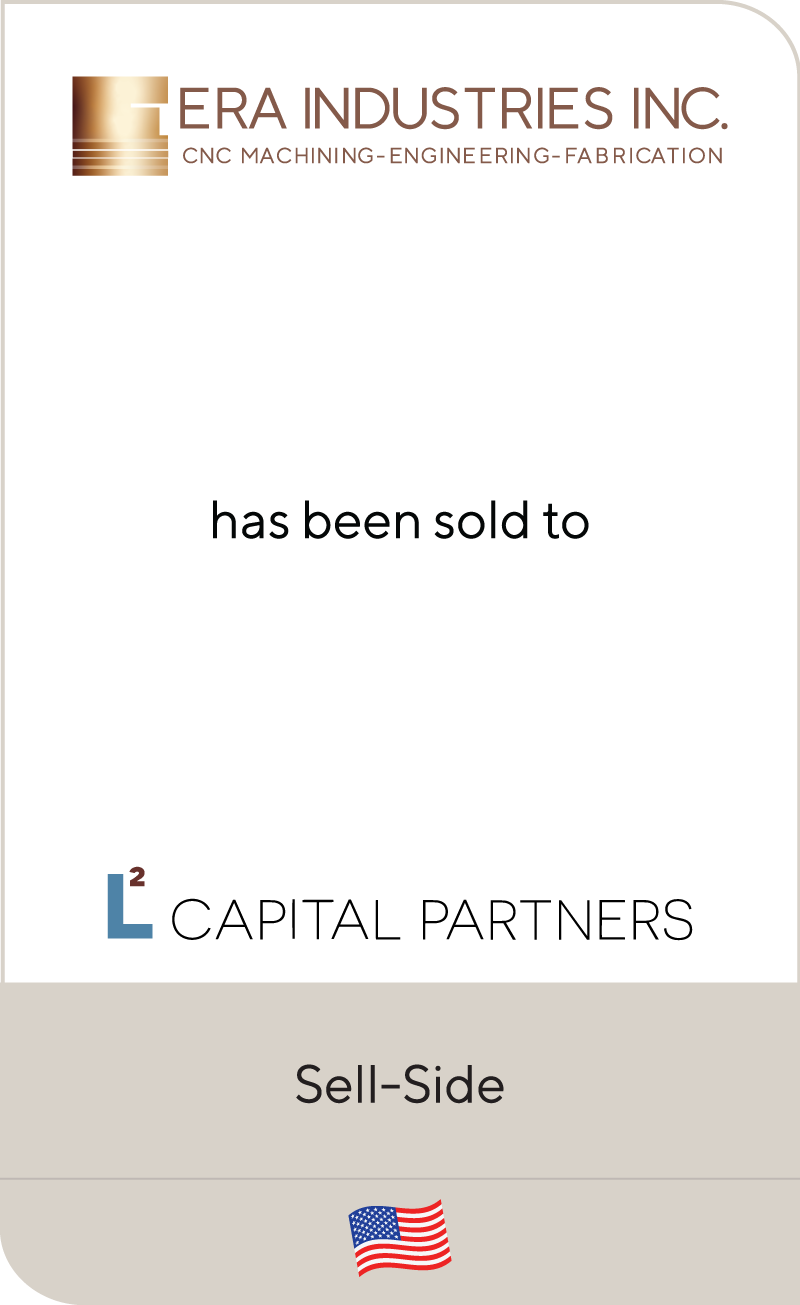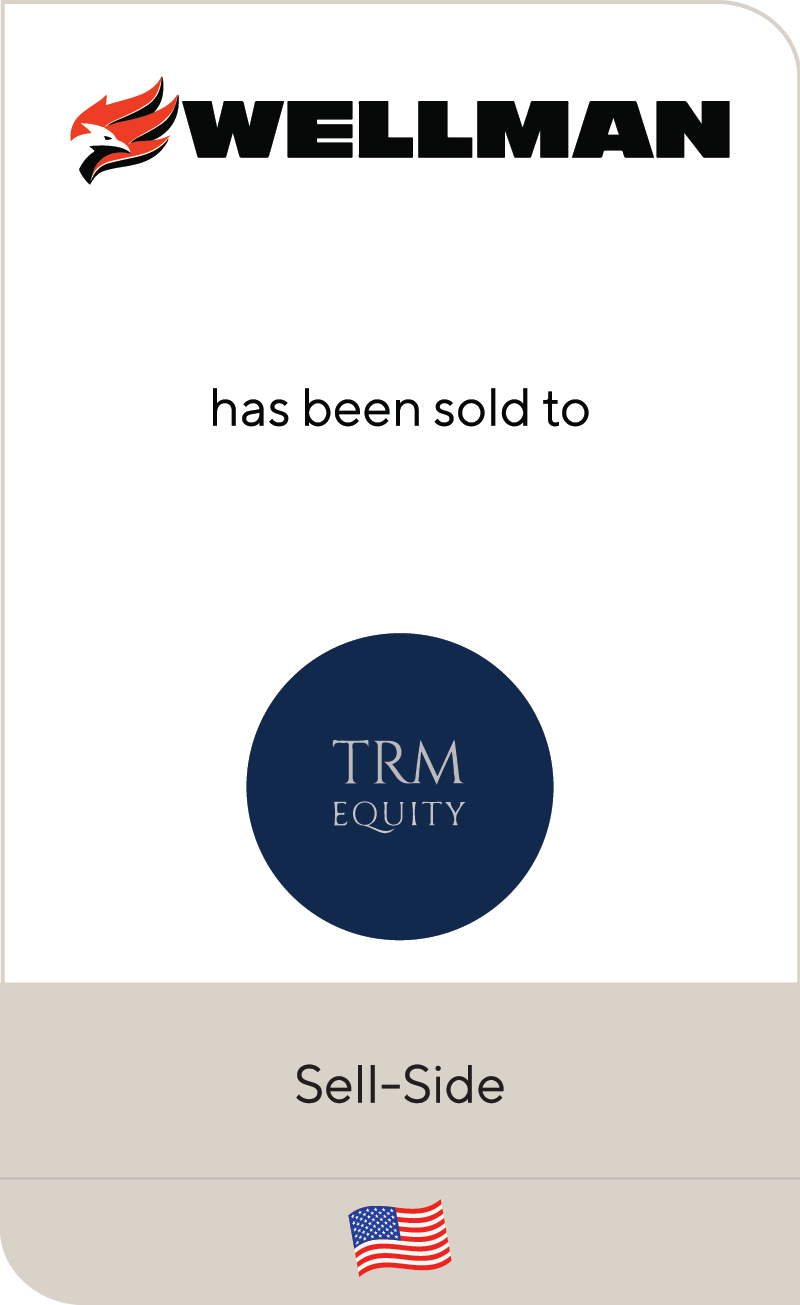Aerospace and Defense: Factors Powering M&A Activity
Mar 2023
| Lincoln International was pleased to speak on the Reshaping the Supply Chain Landscape: M&A Trends panel at Aviation Week Network’s A&D Supply Chain conference. During the panel, industry experts revealed key drivers of aerospace and defense (A&D) mergers and acquisitions (M&A) activity and associated trends. In the below perspective, we outline select key takeaways and insights on the market. |
Summary
-
Lincoln International outlines select key takeaways and insights on the aerospace and defense market following the Aviation Week Network's A&D Supply Chain conference.
- Click here to download a printable version of this perspective.
- Sign up to receive Lincoln's perspectives
Select M&A Trends
| Commercial Suppliers: As the aerospace industry continues its recovery to pre-pandemic levels, commercial suppliers are waiting for optimal sale windows, which heavily depend on locating the correct buyer at the right time. Generally, both buyers and sellers want trailing EBITDA to reach a level representative of the true, unaffected operations of the business before considering a transaction. Nearly 100 platforms touching commercial aerospace were acquired by private equity (PE) firms in 2018 and 2019, and many are approaching the end of their desired hold periods. Additionally, there are platforms that were acquired prior to 2018 that are behind exit plans due to the COVID-19 pandemic. We expect a more fulsome bounce back in commercial aerospace M&A activity during the latter half of 2023. |
| Private Capital Markets: The private capital markets remain open, particularly for high-quality assets. However, lending terms and hold sizes have become more conservative compared to a year ago. In general, lenders have decreased leverage levels as much as a turn of EBITDA, while rates have increased and more deals, both large cap and in the middle market, are requiring multiple lenders to participate as hold sizes have decreased. |
| Original Equipment Manufacturer (OEM) Build Rates: The outlook on build rates for OEM production has stabilized and there is general consensus that rates will rise, although to what level is a topic of much debate. This has yielded a more constructive underwriting dynamic for commercial aerospace deals – there is a heavier focus on when EBITDA recovers, rather than when build rates bottom. |
| Labor Shortages: Labor shortages continue to constrain companies’ ability to grow and meet forecasts, which in turn affects M&A timing. It is important for companies to have a strong labor strategy – e.g., forming alliances with local schools, recruiting out of state, etc. – in order to be well positioned to potential investors. |
| Valuations: Valuation multiples in deals that trade are not decreasing, and valuations on transactions with true intellectual property (IP) / proprietary products are higher than ever, particularly in space and defense electronics. However, on the margin, some sponsors are submitting lower valuations due to higher costs of debt and lower leverage. Higher cost of debt negatively impacts cash flow and can constrain the debt level that a company can handle. That said, financial buyers have been willing to over-equitize to win deals. |
| Continuation Funds: Continuation funds are rising in popularity and can be an appealing alternative as they extend the runway for an investment. This tool allows for limited partners to monetize or continue investing in a business, providing flexibility. Continuation vehicles gained notoriety during the pandemic as PE reached their hold periods on assets, but did not want to engage in a full sale off of a lower EBITDA or suboptimal values. |
Lincoln Perspective
Even through a global pandemic, strategic and financial buyers have amassed large amounts of dry powder, fueling a need to deploy capital. Processes remain competitive for attractive assets across A&D. What makes a company attractive is generally universal across the spectrum of buyers. However, a company with a diverse profile, multiple sites / business lines and a backable management team may be a better fit for PE as they can take on a wider aperture versus strategics that require a more precise fit.
Investors are increasingly interested in several subsectors within A&D, including: 1) in defense, electronics, hypersonics, aftermarket (maintenance, repair and operations and distribution), software / computing, and 2) in space, satellites, launch products, sensors / optimal collection systems and infrastructure. That said, main-line areas like metallics remain attractive and will continue to comprise a material portion of A&D M&A volume.
Contributors
Meet Professionals with Complementary Expertise in Aerospace & Defense
Related Perspectives in Aerospace & Defense

Lincoln International Announces Promotions to Drive Ongoing Organizational & Client Success
Lincoln International, a global investment banking advisory firm, today announced the appointment of several firm leaders into executive management and client advisory roles. The firm has promoted Mary Weber to… Read More

Aerospace & Defense Market Update Q3 2022
Despite the challenges noted in the public markets, Lincoln International’s recent A&D deal activity and discussions indicate a general consensus that private market M&A deal activity and valuations have remained… Read More

Aerospace & Defense Trends Amidst Turbulent COVID-19 Period
As commercial airlines have made significant cuts to their capacity due to global travel restrictions and demand reductions, coupled with facility shutdowns of OEMs and major suppliers, the commercial aerospace… Read More

Global Industrials Group Ranks #1 for Sell-Side Transactions Again in 2018
Lincoln International’s Global Industrials Group finished 2018 with 73 sell-side deals, keeping it at the top of Mergermarket’s industrials league table for a second consecutive year. The group led all firms… Read More




















